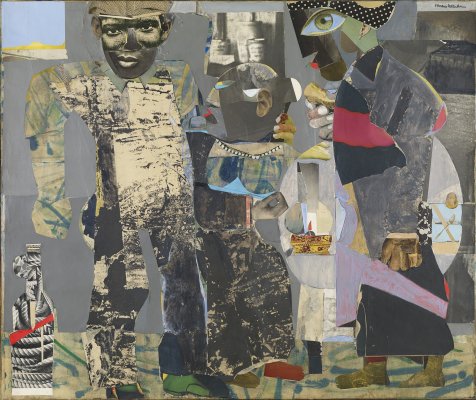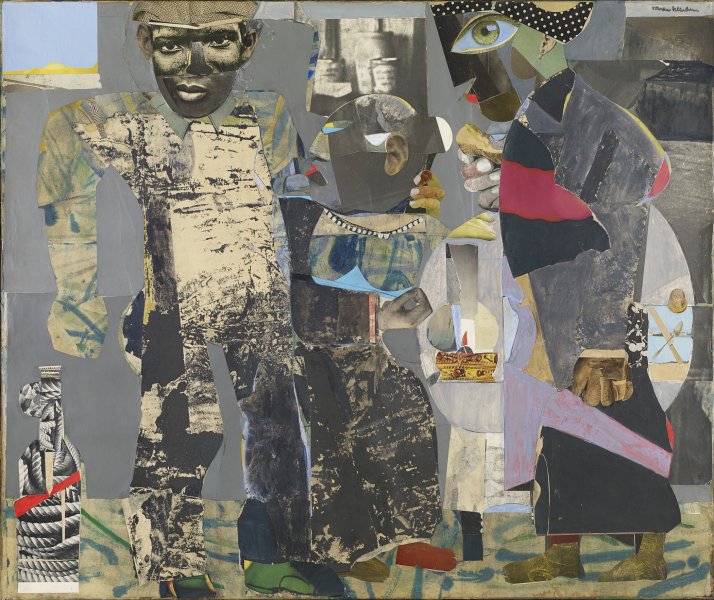Memory Collage

Romare Bearden (American, 1911–1988). Return of the Prodigal Son, 1967. Mixed media and collage on canvas, 50 1/4 x 60 inches (127.6 x 152.4 cm). Collection Albright-Knox Art Gallery, Buffalo, New York; Gift of Mr. and Mrs. Armand J. Castellani (1981:39). Art © Romare Bearden Foundation/Licensed by VAGA, New York, NY.
